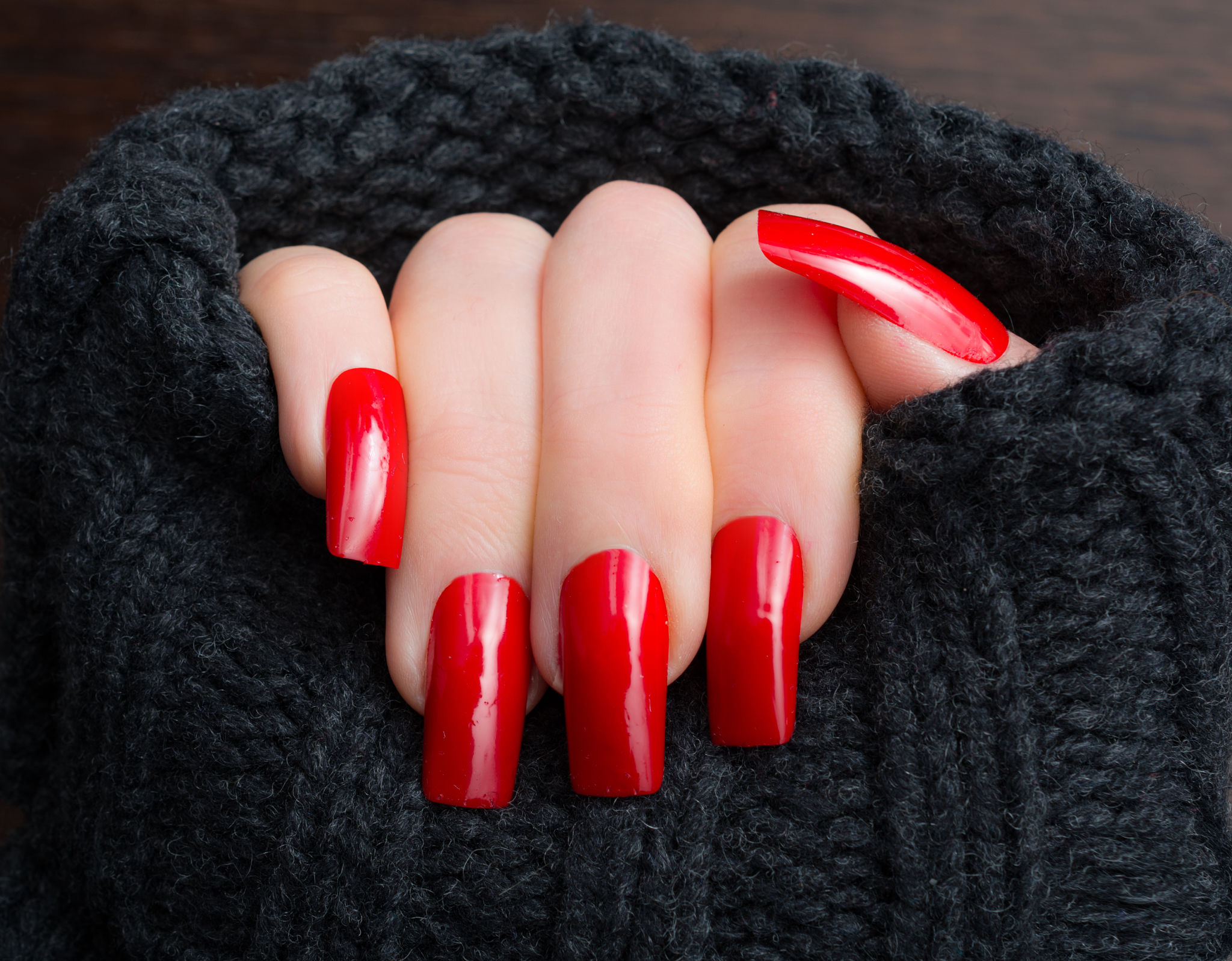Seasonal Nail Care: Preparing Your Nails for Winter Weather
KM
Understanding the Impact of Winter on Your Nails
As temperatures drop and the air becomes drier, our nails often bear the brunt of winter’s harsh conditions. Cold weather can lead to brittle nails, dry cuticles, and breakage. Understanding the seasonal impact on your nails is the first step in adjusting your nail care routine to keep them healthy and strong.

Moisturize Regularly
One of the most crucial steps in winter nail care is regular moisturizing. Cold air tends to strip moisture from your skin and nails, leading to dryness and cracking. Opt for a rich hand cream or cuticle oil, applying it after washing your hands and before bedtime to lock in moisture.
Tip: Look for products containing nourishing ingredients like shea butter, vitamin E, and jojoba oil for optimal hydration.
Hydrating Nail Treatments
In addition to regular moisturizing, consider using hydrating nail treatments weekly. These treatments are specifically designed to penetrate the nail plate and strengthen it from within. Products with keratin or collagen can be particularly beneficial during the colder months.
Maintain a Balanced Diet
Your diet plays a significant role in the health of your nails. Ensure you are consuming enough vitamins and minerals that support nail growth, such as biotin, zinc, and omega-3 fatty acids. Foods rich in these nutrients include nuts, seeds, fish, and leafy greens.

Stay Hydrated
While it might be tempting to reduce your water intake as temperatures drop, staying hydrated is essential for maintaining healthy nails. Water helps transport essential nutrients to your nail beds and keeps them flexible. Aim for at least eight glasses of water a day to support overall health.
Avoid Overexposure to Water
While hydration is crucial, overexposure to water can weaken your nails. Try to wear gloves when doing household chores like washing dishes or cleaning. This will prevent prolonged contact with water and harsh chemicals that can cause nails to become soft and prone to splitting.
Limit Exposure to Harsh Chemicals
In addition to wearing gloves during chores, be mindful of the nail products you use. Opt for acetone-free nail polish removers and nail polishes that are free from harmful chemicals like formaldehyde and toluene. These substances can dry out your nails and lead to damage.

Regular Trimming and Filing
Keeping your nails well-trimmed and filed is another effective way to prevent breakage during winter. Regular trimming reduces the chances of snagging and splitting while filing helps maintain a smooth edge. Use a gentle file and avoid sawing back and forth; instead, file in one direction for best results.
The Importance of Taking Breaks from Nail Polish
While it’s fun to adorn your nails with colorful polish, giving them a break every now and then is beneficial. Allowing your nails some time without polish can help them breathe and recuperate from any chemical exposure.
Tip: Use this time to indulge in a restorative nail treatment or nourishing mask to boost nail health.
Conclusion
With these simple yet effective strategies, you can ensure your nails remain healthy and beautiful throughout the winter season. By understanding the impact of winter on your nails and adjusting your care routine accordingly, you’ll be able to enjoy strong and resilient nails all year round.